FTC Disclosure: If you make a purchase via a link on this site, We may receive a small commission on the transaction - at no added cost to you. Thank you!
Nest Box Video 2015
.......the life and times of a
Chickadee Nest
Our Nest Box Video 2015 is a collection of photos and videos captured from our live streaming bird cam from the Spring of 2015. A pair of Black-capped Chickadees claimed a nest box in our yard to set up a home to raise a brood of 6 chicks.
Go inside the nest box!
Witness the excitement from the very beginning of nest building, laying eggs, eggs hatching, feeding and the final days before the chicks fledge the nest.
We use the "Hawk Eye HD Nature Cam" for our live streaming.
Chickadees will build 3 to 5 nests before they decide on a home. So, we have been lucky that our bird nest box has been chosen by this pair. She will lay 6 to 8 eggs and incubation will last from 11 to 14 days before they hatch. Incubation is by the female only and will be fed by her partner, the male Chickadee.
Once hatched, the brood will be fed by both male and female birds for approximately 14 to 20 days. After this, the youngsters will fledge the nest but will still be fed by their parents for several weeks until completely self-sufficient.
I am particularly fond of the Black-capped Chickadees who are very curious and friendly.
Nest Box Log:
- April 29, 2015 - Nest Building Started Using Green Material
- May 2, 2015 - Started applying down material to nest
- May 4, 2015 - 7:30 PM to 10:30 PM. Entered box and sat in nest.
- May 5, 2015 - 7:00 PM to 11:00 PM. Entered box and sat in nest.
- May 6, 2015 - 6:45 PM to ?. Entered box and sat in nest.
- May 7, 2015 - Attempted entry to box but vacated since there was a bumble bee inside. Returned at 8:00 PM and sat in nest.
- May 8, 2015 - Laid the first egg during the early morning hours.
- May 10, 2015 - 7:15 PM. Entered box and sat in nest.
- May 11, 2015 - 7:00 PM. Entered box and sat in nest.
May 12, 2015 - 7:10 PM. Entered box and sat in nest. We noticed 3 eggs when she moved to the side. - May 13, 2015 - 6:55 PM. Entered box and sat in nest and remained all night.
- May 14, 2015 - 6:05 AM. Vacated the box and She did not cover eggs exposing 6 eggs in the nest.
- May 14, 2015 - 7:00 AM. Returned to box with more nesting material and sat in nest, we believe to start the incubation process.
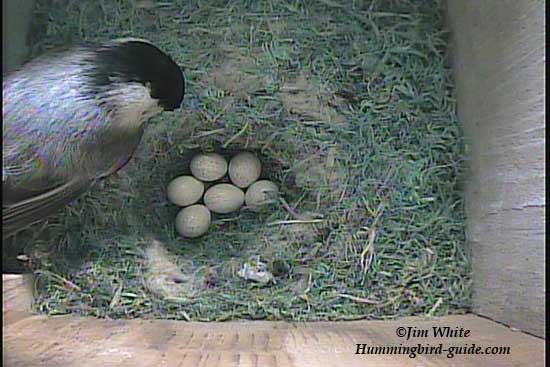
May 14, 2015 - The female Chickadee with her 6 eggs in the nest box.
- May 15, 2015 - Incubation is confirmed. She sat on the nest all day yesterday and overnight. She leaves for very brief periods of time, probably to eat.
- May 16, 2015 - She is sitting on the nest 24 hours a day now and leaving for very brief periods to eat.
- May 17, 2015 - Day 4 of incubation.
- May 18, 2015 - Day 5 of incubation
- May 19, 2015 - Day 6 of incubation. She periodically turns/rolls the eggs.
- May 20, 2015 - Day 7 of incubation.
- May 21, 2015 - Day 8 of incubation.
- May 22, 2015 - Day 9 of incubation.
- May 23, 2015 - Day 10 of incubation.
- May 24, 2015 - Day 11 of incubation.
- May 25, 2015 - Day 12 of incubation.
- May 26, 2015 - Day 13 of incubation.
- May 27, 2015 - First chick hatched at 6:58 AM. Second chick hatched at 8:13 AM. Third chick hatched at 10:27 AM. The fourth chick hatched at 1:08 PM.
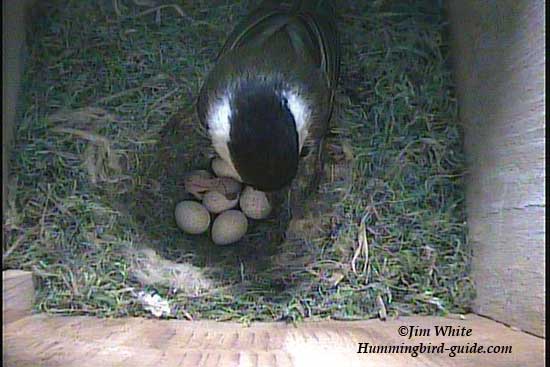
May 27, 2015 - The first chick hatched at 6:58 AM.
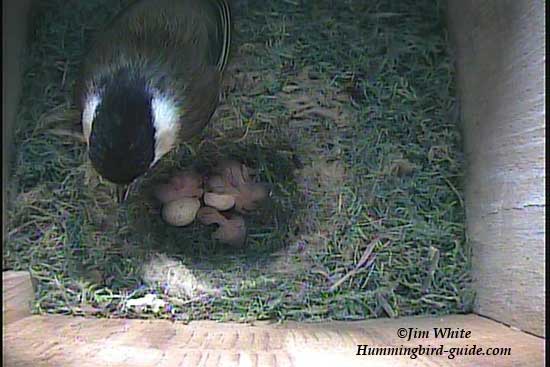
May 27, 2015 - Four chicks hatched by the early afternoon.
- May 28, 2015 - The last two chicks hatched overnight. Momma is busy keeping them warm in the cool early morning hours and leaving to gather food for the brood.
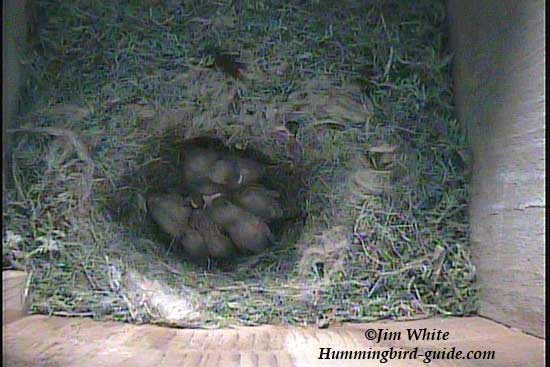
May 28, 2015 - Six chicks hatched in the nest.
- May 29, 2015 - The female is feeding the chicks more often and she sits on the nest between feedings.
- May 30, 2015 - Both male and female are bringing food often all day. She is also ingesting the sack of excrement from the chicks.
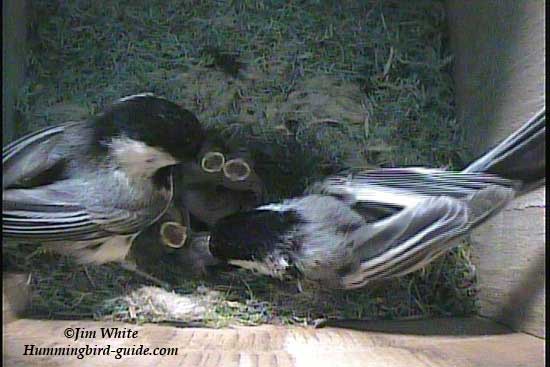
May 30, 2015 - Male and Female Chickadees feeding the brood.
- May 31,
2015 - The female sits on the nest this morning keeping the babies warm
since it is rather cool at 50°. She has been expanding the nest cavity
making room the chicks as they grow.
- June 1, 2015 - Chicks are 5 days old now and the feeding has really picked up. The female is sitting on top of the brood to keep them warm since it is again in 50's.
- June 2, 2015 - Chicks are 6 days old now and growing fast. The female still sits on the nest between feedings to keep the chicks warm since it is only 37° this morning.
- June 3, 2015 - Chicks are 7 days old and their wings are showing their form. Pin feathers are visible now. Only 42° this morning and the female continues to keep the chicks warm between feedings.
- June 4, 2015 - Chicks are 8 days old. Their wings are growing fast and their legs are very noticeable now. Only 38° this morning but the chicks are fine, kept insulated and warm by mother Chickadee.
- June 5, 2015 - Chicks are 9 days old. Their "Black Cap" is starting to take form and show.
- June 6, 2015 - Chicks are 10 days old. Their feathers are really showing now with color. The dark and light/white feathers are showing now along with their fast growing wings.
- June 7, 2015 - Chicks are 11 days old. Their chirps are sounding like adult Chickadees with the "chickadee...dee....dee" which distinguishes them and is so recognizable.
- June 8, 2015 - Chicks are 12 days old. The average age of chicks to fledge the nest is 12 to 16 days.
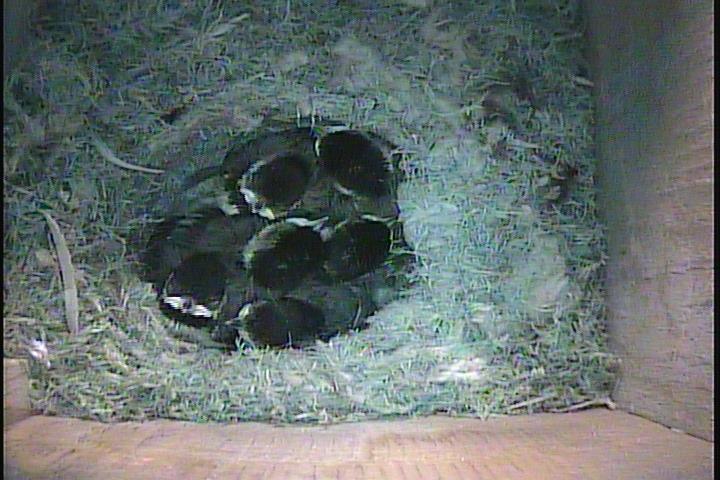
June 8, 2015 - Chicks at 12 days old.
- June 9, 2015 - Chicks are 13 days old. The brood is looking very strong and venturing out of the nest "pocket/cavity" to the sides of the nest box once in a while.
- June 10, 2015 - Chicks are 14 days old. The chicks are constantly preening their feathers. They are "flapping" their wings, practicing for the big day when they fledge the nest.
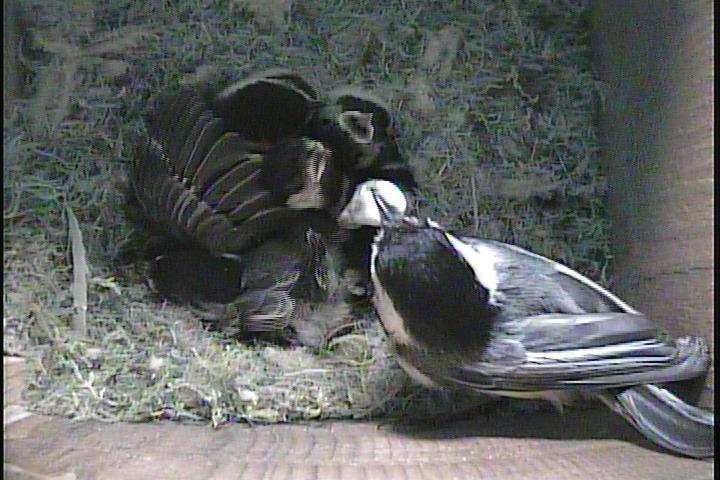
June 10, 2015 - Chicks are 14 days old. Female taking care of a diaper!
- June 11, 2015 - Chicks are 15 days old. Still holding residency of the Nest Box. They are spending a lot of time outside of the nest "pocket/cavity".
- June 12, 2015 - Chicks are 16 days old. The male and female have been much more vocal perched in the nearby trees. Maybe an urging/calling to the chicks to fledge the nest today.
- June
13, 2015 - Chicks are 17 days old. Six chicks still hold residency of
the nest. Hard to see if all 6 chicks are still in the box since they
are hugging the front side of the box below the entrance hole which out
of sight of the camera.
- June 14, 2015 - Chicks are 18 days old. They are almost as large as the adults, noticeable when the adults enter the box for feeding. At 2:00 PM all 6 chicks are visible in the sight of the camera.
- June 15, 2015 - Chicks are 19 days old. They fledged the nest this morning between 9:00 and 9:30.
OBSERVATIONS: We noticed the first chick hatched at 6:58 AM on May 27th and momma Chickadee ate the shell after the chick hatched and sat back on the nest to keep the newly hatched chick warm. At 7:40 AM the male partner entered the box and fed a small green grub/worm to the female and exited the box. At 7:45 the female left the box and returned at 7:50 for the first feeding of the new born chick by dropping food into the chicks open mouth.
The second chick hatched at 8:13 AM. The third chick hatched at 10:27 AM. A short while after, the female perched at the entrance whole with her head sticking out of the whole and the male delivered some food to her. She then went down onto the nest and fed one of the chicks.
She continues to sit on the nest to incubate the remaining eggs and keep the chicks warm.
The last two chicks hatched overnight and the female sits on the nest to keep the chicks warm in the cool morning and leaves the nest box briefly to gather food for them.
Feeding intervals are increasing by the third day and both male and female Chickadees take part, both bringing food for the brood. The female ingests the chicks excrement (which is in a sack), when it is passed by the chicks. The feeding is constant throughout the day. Sometimes the male comes to the entrance hole to pass food to the female for the feeding and other times she will leave the bird box to gather food herself for the chicks.
On the fourth day, the dark stripes can be seen on the chicks.
On the fifth day, feeding is constant by both the male and female. The female sits on the chicks to keep them warm. The chicks are starting to form their wings.
On the seventh day both male and female are feeding the brood more frequently. Feathers are more visible, especially on top of their heads. They appear darker in color as more feathers form and grow. Their wings are noticeably growing each day.
After feeding a chick he/she will almost immediately stick their butt/rear up in the air and pass a sack of excrement which the adult plucks and removes from the nest. These sacks have been referred to as bird "diapers"!
At 13 days old, the chicks are venturing out of the center of the nest once in a while to the surrounding edges of the nest. Their eyes are noticeable now and you can see the chicks blinking. They started spreading their wings in the afternoon.
At 14 days old, the chicks are frequently "flapping" their wings strengthening their wing muscles for their 1st flight. My guess is that they will fledge today or tomorrow.
At 15 days old, the chicks have lost all baby feathers/down. They look like the adults except in size.
At 16 days old, the chicks are cuddled together in the cavity/pocket of the nest as of 7:00 AM.
At 17 days old, the chicks are staying close to the front side of the box below the entrance hole.
At 18 days old, the chicks are almost as large as the adults. I would think they would fledged the nest by today.
If you would like to observe your own bit of nature and maybe if you are so fortunate, find and stream a hummingbird nest, we have the this camera available in our store. Click the link below to learn more about the camera.
The camera used for our streaming is a "Hawk Eye HD Nature Camera". I will be doing a review of the camera in the future for those who are interested.
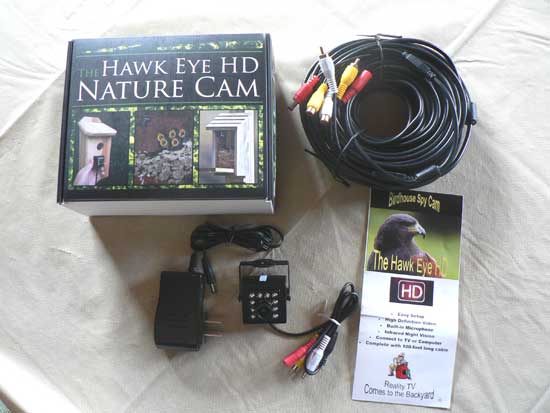
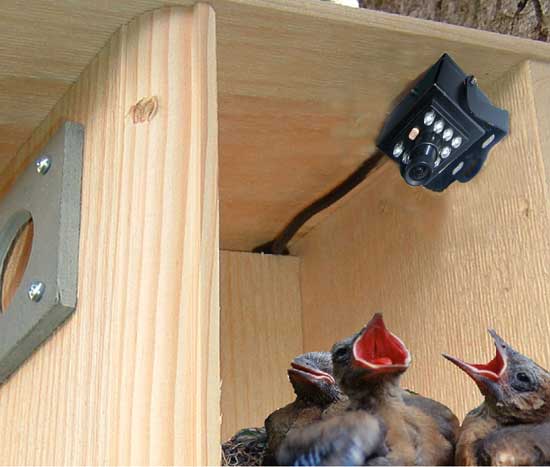
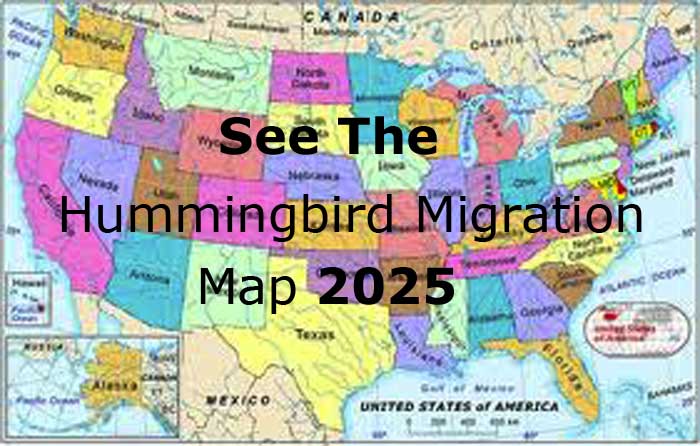

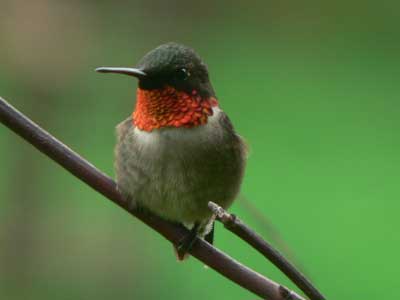






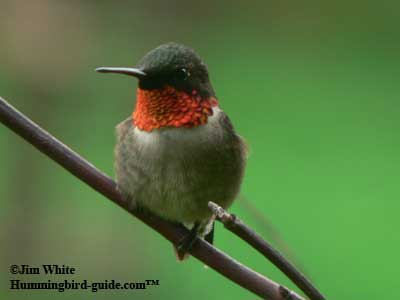
New! Comments
Have your say about what you just read! Leave me a comment in the box below.